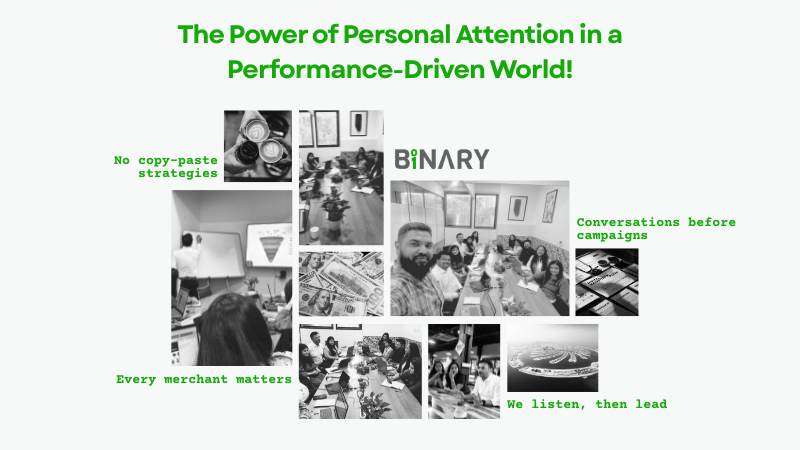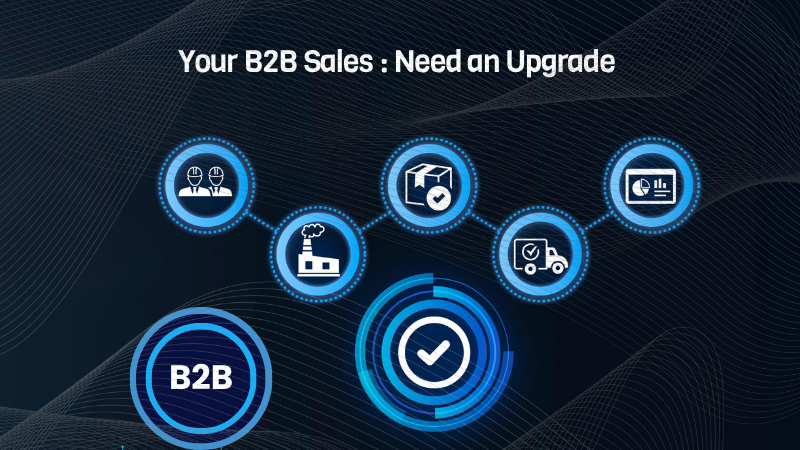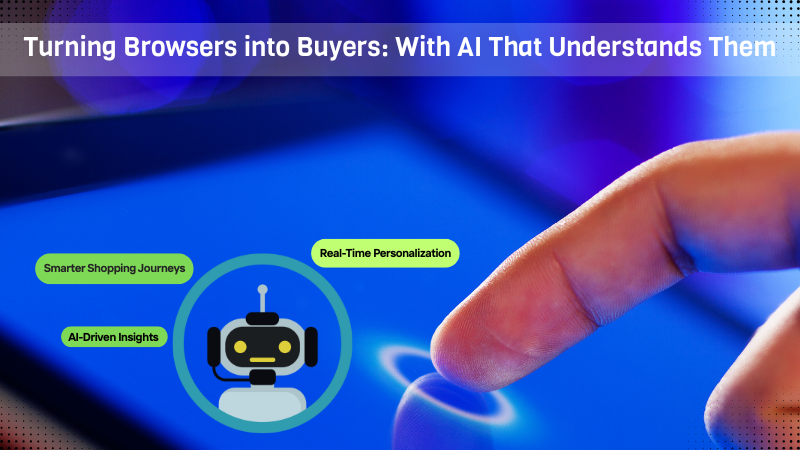In the rapidly evolving world of direct-to-consumer (D2C) brands, digital transformation is key to bridging the gap between physical and digital retail channels. As consumers demand more seamless and connected shopping experiences, brands must integrate their e-commerce platforms with in-store systems and leverage emerging technologies to stay competitive.
Integrating E-commerce platforms with in-store systems
Creating a seamless shopping experience requires the integration of e-commerce platforms with physical store systems. This integration allows customers to enjoy a consistent experience whether they are shopping online or in-store. For example, inventory synchronization between online and offline channels ensures that customers can check product availability in real-time, whether they’re browsing a website or visiting a physical store.
Click-and-collect services, where customers purchase online and pick up in-store, are an excellent example of this integration in action. This approach not only drives foot traffic to physical locations but also provides customers with the convenience of choosing how they receive their products. Additionally, integrating customer loyalty programs across both channels ensures that shoppers can earn and redeem rewards no matter where they choose to shop.
The Impact of emerging technologies on omnichannel commerce
Emerging technologies like Artificial Intelligence (AI) and the Internet of Things (IoT) are transforming the omnichannel commerce landscape. AI enables brands to personalize the shopping experience by analyzing customer behavior and preferences, offering tailored recommendations and targeted promotions. In-store, AI can be used to optimize inventory management, ensuring that popular products are always available.
IoT plays a crucial role in enhancing the connection between digital and physical channels. Smart shelves, for example, can automatically update online inventories when products are sold in-store, reducing the risk of stockouts or overstocking. IoT-enabled devices can also provide real-time data on customer interactions within the store, helping brands to better understand shopping patterns and refine their strategies.
Actionable strategies for a cohesive customer journey
To create a cohesive and connected customer journey, D2C brands should focus on the following strategies:
-
Unified customer profiles: Develop a single view of the customer by integrating data from all touchpoints. This unified profile allows for personalized interactions and ensures that customers receive consistent communication and offers, regardless of the channel they use.
-
Seamless checkout processes: Implement a streamlined checkout process that works across all channels. Whether customers are paying online, through a mobile app, or in-store, the process should be quick, easy, and consistent.
-
Enhanced mobile experiences: As mobile devices play an increasingly significant role in the shopping journey, optimizing mobile experiences is essential. Ensure that your mobile app or website is user-friendly, fast, and offers features like mobile payments and augmented reality (AR) try-ons.
-
Omnichannel customer support: Offer customer support that spans all channels. Whether through chatbots, email, phone, or in-store assistance, customers should be able to access help whenever and wherever they need it.
-
Data-driven decision making: Use data analytics to inform your omnichannel strategy. By understanding customer behavior and preferences, brands can make data-driven decisions that enhance the overall shopping experience.
Conclusion
Digital transformation is vital for D2C brands looking to bridge the gap between physical and digital channels. By integrating e-commerce platforms with in-store systems, leveraging AI and IoT technologies, and implementing strategies for a cohesive customer journey, brands can create seamless, connected experiences that meet the evolving demands of modern consumers. In the end, a successful digital transformation not only enhances customer satisfaction but also drives growth and long-term success in the competitive D2C market.

















